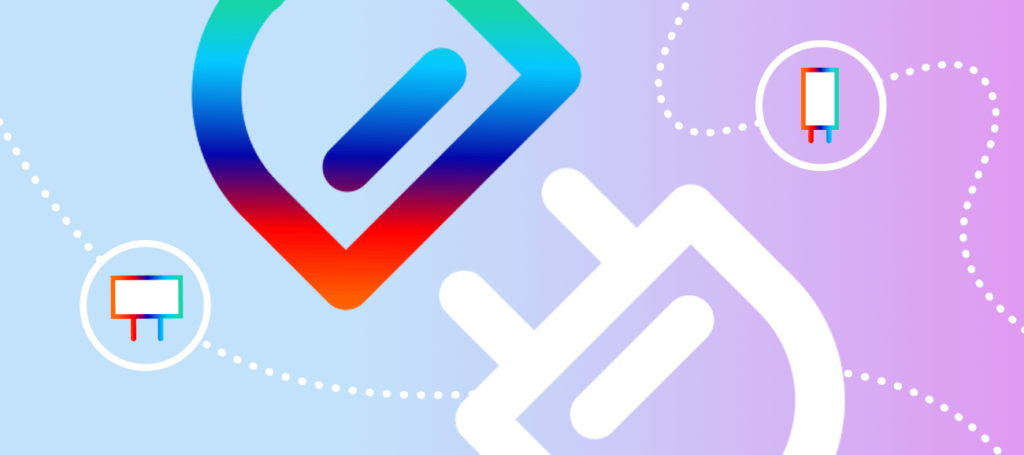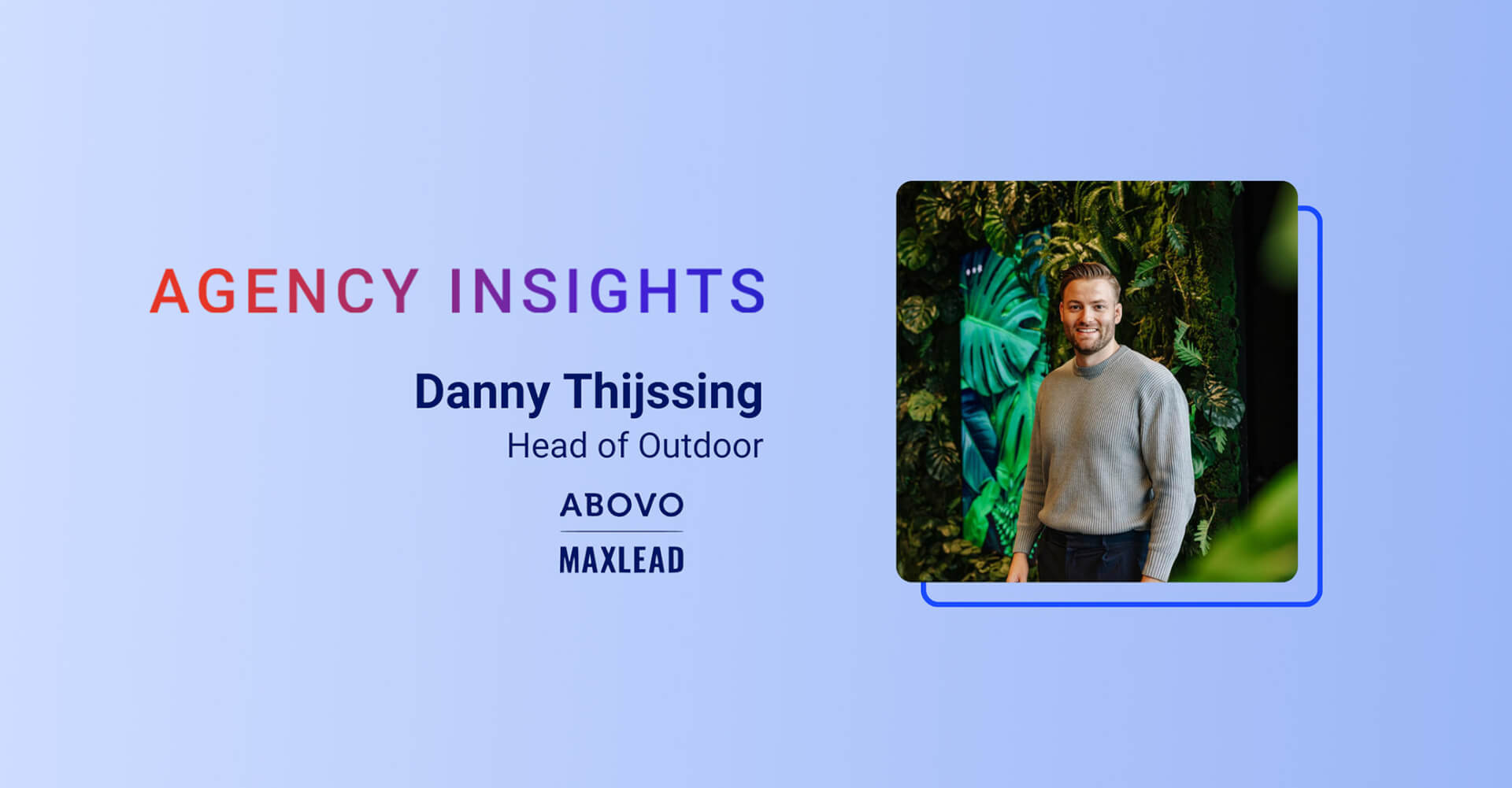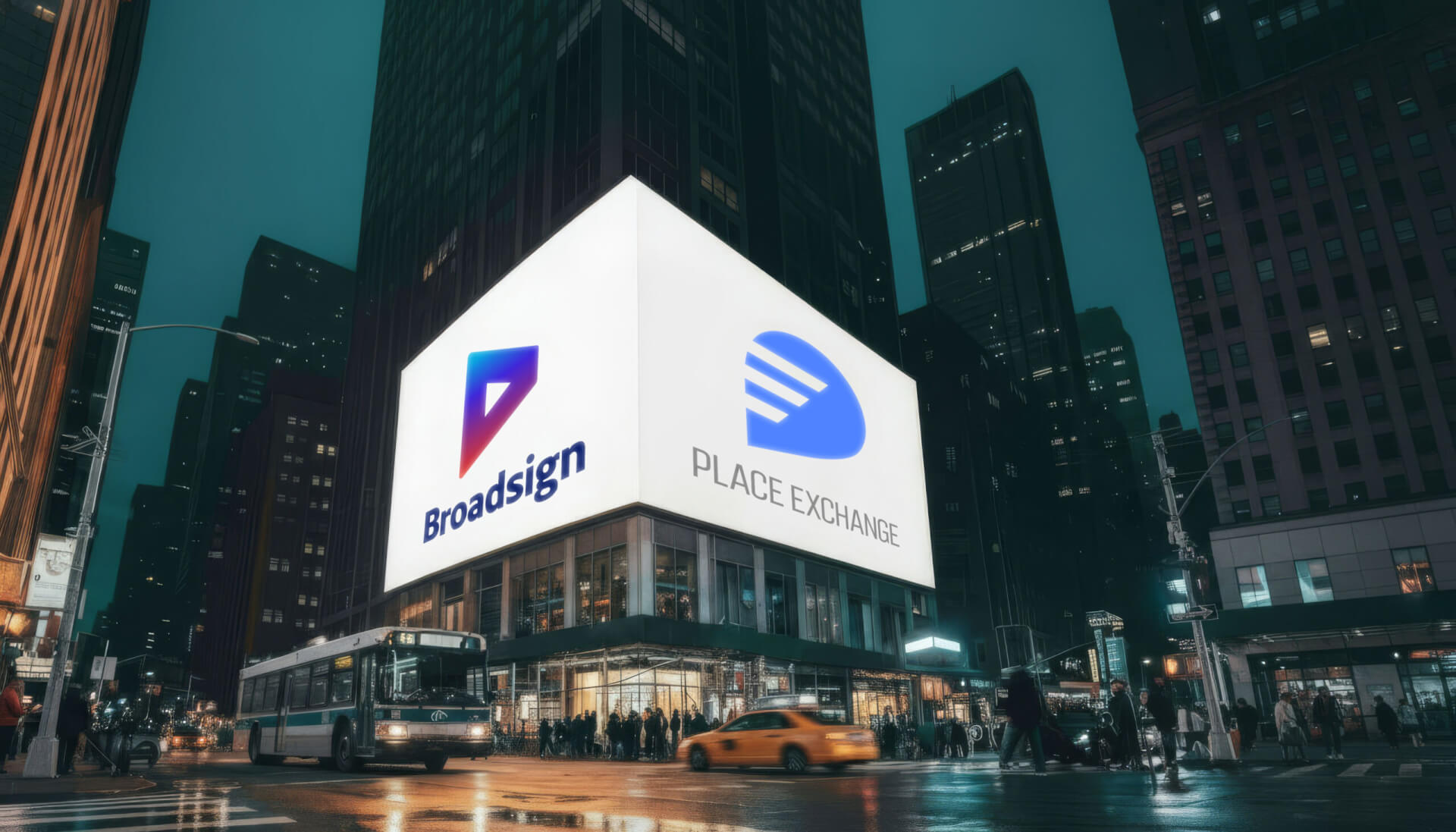| October 11, 2021
Introducing our intelligent cloud-based ad server: Broadsign Air
When we envision the future of out-of-home, we envision an industry free to deliver amazing content in all sorts of contexts. We envision a space that allows for boundless creativity, and the ability for just about any OOH business to access powerful tools that save them time and maximize the value of their inventory.
To get to that place a little sooner, we created Broadsign Air, an intelligent cloud-based ad server that brings all the power of the Broadsign Control CMS to non-Broadsign players. With Broadsign Air, players running Android, or other architectures previously unsupported by our platform, can be added to networks alongside Broadsign Players.
If you want to build a network with a great deal of hardware flexibility but don’t want to sacrifice on software features, now’s your chance. Broadsign Air can help you make it happen.
How Broadsign Air Works
Broadsign Air is basically the ad-serving capabilities of Broadsign Control, just uncoupled from the Broadsign player software used by PC players to handle incoming media.
With Air, when content is uploaded to the Control CMS, the content also gets uploaded into an Amazon Web Services S3 repository. The URL indicating the location of the piece of content within the repo is then sent by Broadsign Air to your third-party player of choice.
Upon receipt of the URL, your Air-connected player will need to download the associated media file and then render the content for the display.
Note: Broadsign Air alone will not be capable of playing media on your network. You must connect Broadsign Air to separate software that can play the content it serves.
What does all of this mean?
For day-to-day use, using Broadsign Air will be basically the same as using Broadsign Control normally. Users will log in to the Broadsign Control administrator tool and be able to enjoy all the great features it has to offer. That means automated scheduling and delivery, industry-leading security, and a virtually unlimited ability to scale your business while maintaining a streamlined workflow.
You will be able to use players connected through Broadsign Air both on their own or as part of a larger network that includes full Broadsign Players, giving you increased flexibility and choice when building out your network.
And, finally, you can also make full use of the Broadsign Direct sales solution, and will be able to connect any players running on Broadsign Air to the Broadsign Reach supply-side programmatic platform.
The main complication is just that it takes some time and development resources to establish the connection between Broadsign Air and your player of choice.
What do I need to use Broadsign Air?
Because Broadsign Air does not make use of the native connection between the Control Administrator tool and the Control Player, you will need to do some development work to establish the connection between the Broadsign Air ad server and your players of choice.
We will provide REST API endpoints for your team to connect your client application. This will allow your client to send POST requests. Your developer or team of developers therefore will need to know how to work with Postman, CURL, or some other development environment suitable for working with a REST API to make the connection.
Note that this project can be complex, and so it is not the kind of thing that can be handed off to the average intern. A dedicated, experienced developer, either in-house or outsourced, can likely achieve the required connection with a couple of months of work (assuming you already have a player ready/selected).
Limitations of Broadsign Air
Broadsign Air was built to deliver everything you know and love about Broadsign’s intelligent scheduling and ad serving capabilities to a wider array of players. There are, however, a few important details to keep in mind when selecting this software to power your content scheduling.
Broadsign Air does not handle playback
We’ve mentioned this above, but it’s a point worth repeating: Broadsign Air allows you to connect the Broadsign Control scheduling and ad-serving capabilities to a non-Broadsign player. It will not provide content playback, incident reports, or network monitoring for your network. It will only generate content playlists based on campaign conditions and creatives, and then make media available for download by your third-party player accordingly.
Note: Proof-of-play functionality powered by Broadsign Air is supported. It is up to your third-party player to report successful playback back to Broadsign Air so that it can be included in proof-of-play reports.
Broadsign Air must be used with Control as the CMS
Broadsign Air is not a totally standalone product. Rather, it requires that you adopt Broadsign Control as your CMS and use it to schedule content to Air-connected displays. Without the use of Broadsign Control as the CMS, Broadsign Air will not function.
Currently incompatible with Broadsign Publish
At launch, Broadsign Air will not support custom HTML5 content managed through our local messaging service, Broadsign Publish.
Got questions? We’ve got answers
If you want to learn more about what Broadsign Air can do for you, please reach out to your Broadsign rep or request a free demo to see what it’s all about!


